We Need Data Like We Need Caffeine
For many businesses, their most valuable and important asset is their customers. In the early days at a lot of companies, the details about those customers are spread out in many different places. The CEO’s brain, a sales rep's inbox, the accountant’s...
Consumer data is an ever-important asset to have for your business. With CRM software, this can be at your fingertips any time, any place. So if you plan on hoarding anything...let it be data.
For many businesses, their most valuable and important asset is their customers. In the early days at a lot of companies, the details about those customers are spread out in many different places. The CEO’s brain, a sales rep's inbox, the accountant’s stack of invoices, or dozens of excel worksheets.
Luckily, there are now many great tools out there to help you keep up with your customers. Whether it's Salesforce, HubSpot, or one of the other multitudes of products out there they are all known by a moniker called “CRM”. This stands for customer relationship management. As its name suggests, it is a system for managing relationships with your customers.
This is an incredibly important part of your business. Not only are you going to keep up with who your customers are and their contact information, but really, you want to know more about them.
How many times have they opened your marketing emails?
How many times did they go to your website?
Have they opened the last email you sent them?
Where are they in the process of the sales pipeline?
And much, much more…
Most CRM's can give you all of this information. To have it in one place where it can be accessed from your phone, your computer, or anywhere in the world is a tremendously flexible and powerful way to take real charge of your business and what's really going on with your customers.
If you’ve decided that a CRM system is probably in your company’s future, the next logical question is when. Many companies start small, storing their leads in an email tool, and their list of customers in a spreadsheet. This works fine for a while, but at a certain point, things start to break.
It becomes tough to manage your data in a “flat” structure like a spreadsheet as it grows (e.g., visualizing the relationships between contacts, companies, sales opportunities, etc.)
Jumping between the different places your data lives becomes cumbersome and slows your team down (e.g., login to the email tool to find your contacts’ email addresses, your accounting tool to see the revenue they are associated with, a spreadsheet to find out what state they are located in, etc.)
An employee leaving results in a loss of data (e.g., a sales rep leaves, drops all of the deals he was working on, leaving you no way to pick things up where he left off)
In short, the answer for most companies is pretty simple. While you may be able to get by for a while without a CRM system, adopting one sooner is often better than waiting until you feel the pain of an ad hoc solution you’ve outgrown.
